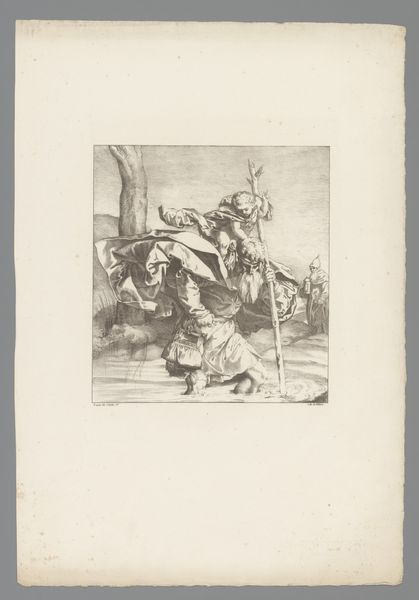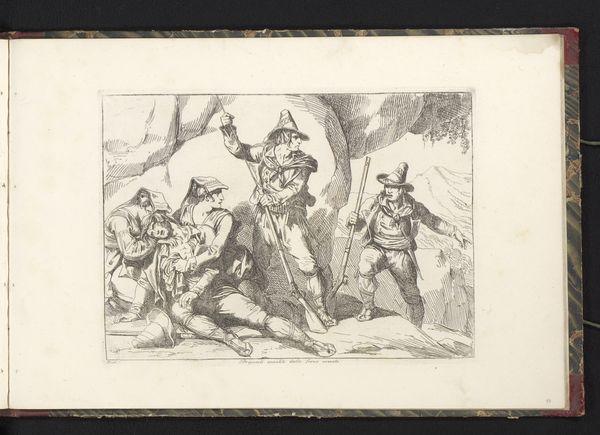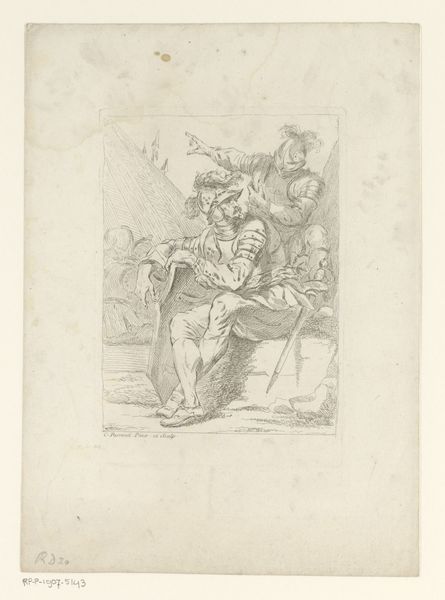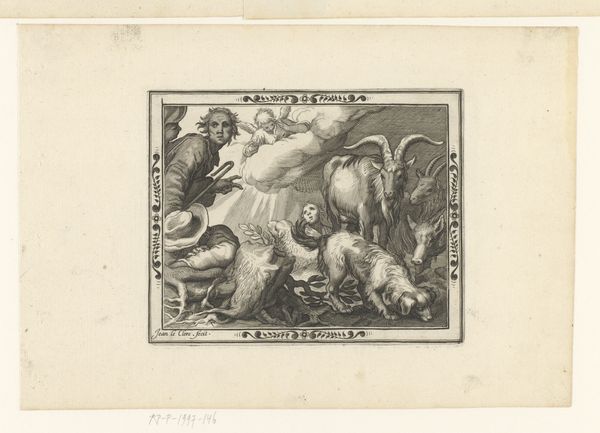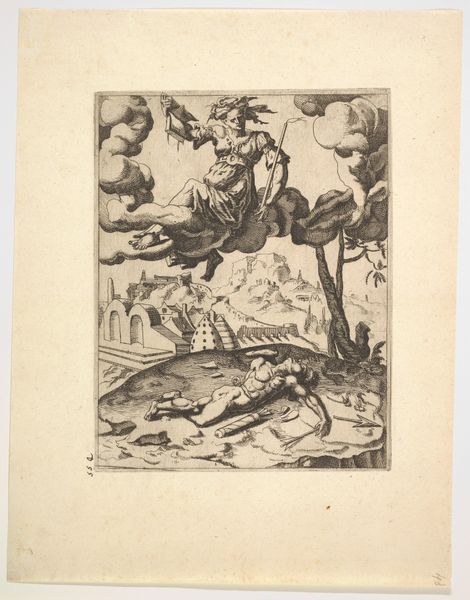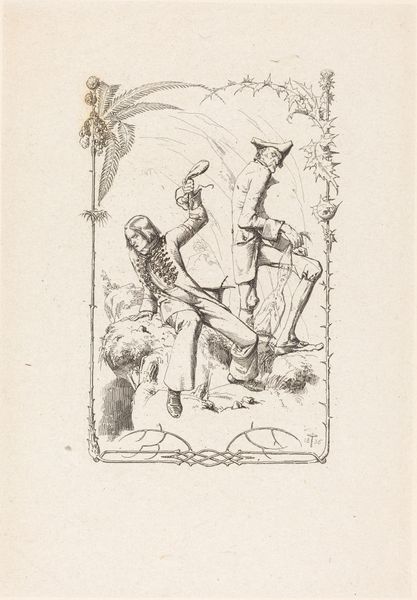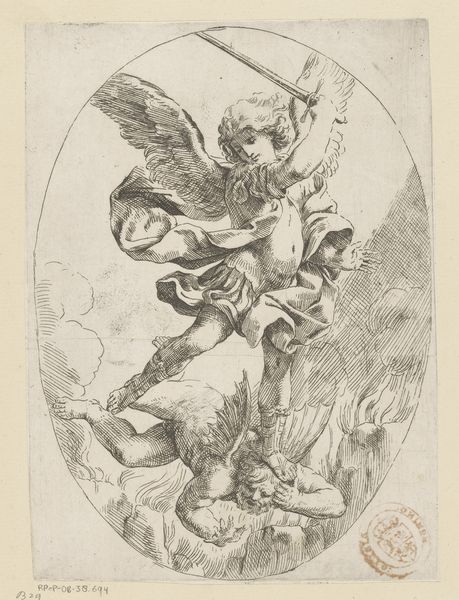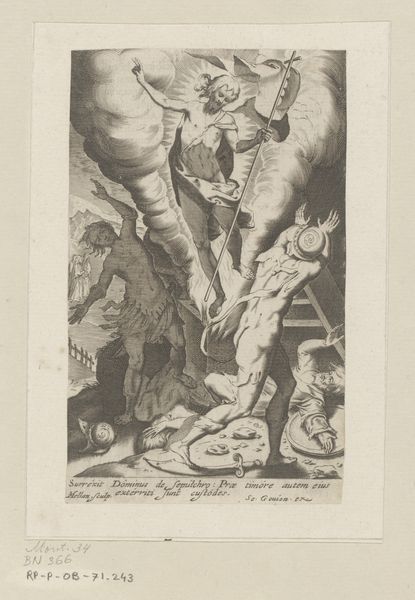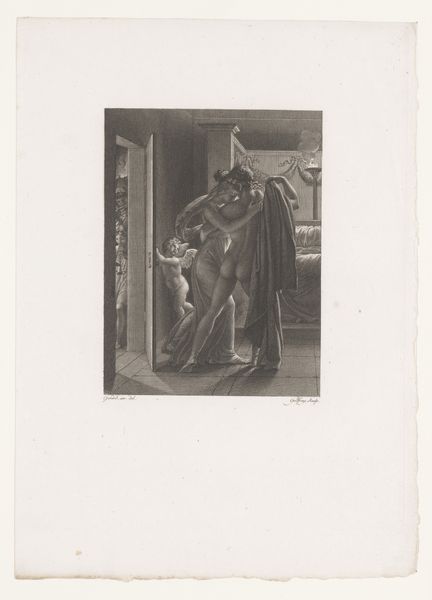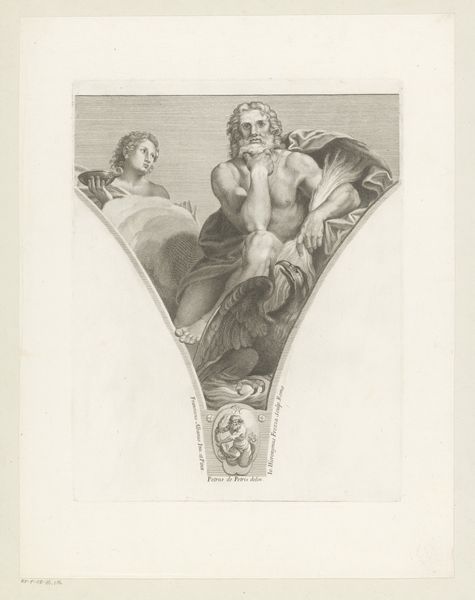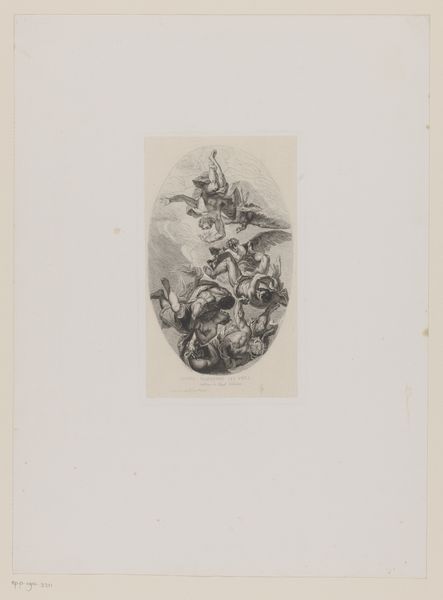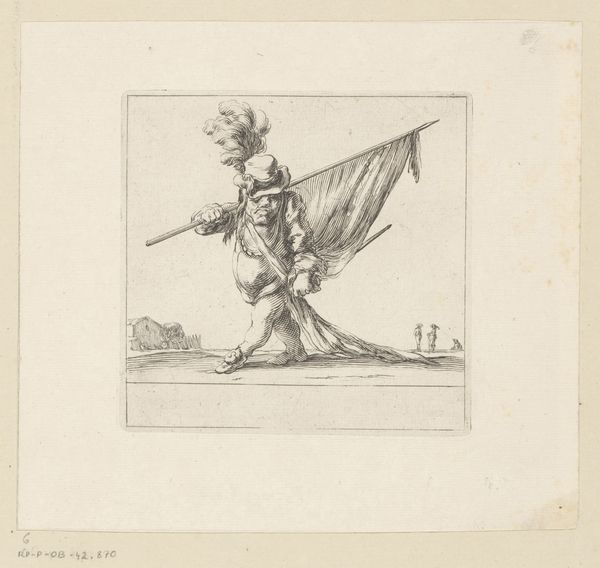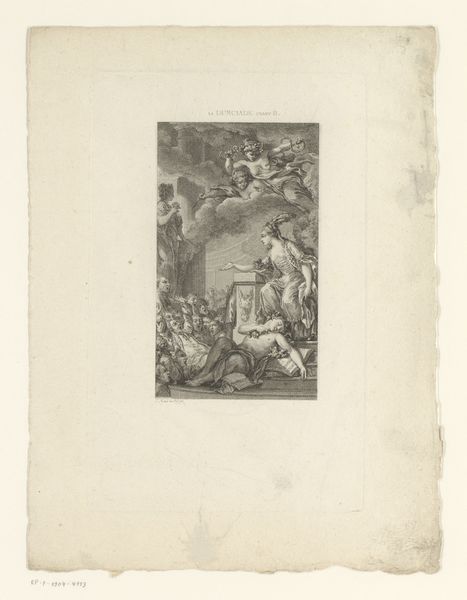
print, engraving
#
baroque
# print
#
figuration
#
engraving
Dimensions: height 171 mm, width 172 mm
Copyright: Rijks Museum: Open Domain
Curator: Let’s turn our attention to this engraving from 1646. It's entitled "God the Father" by Simon Guillain II. Editor: It’s striking how tactile it feels despite being a print. I mean, look at the textures created with those delicate lines; the folds of his robe seem almost graspable, like raw material. Curator: Absolutely, and that tactility was very much by design in the Baroque period. Images of the divine became more sensorial to reach a wider audience and evoke personal faith, as the church dealt with the impact of the Reformation. Editor: Thinking about the tools needed to produce something like this is fascinating. Each line etched into the metal plate. The labor that goes into reproducing this image at scale is really profound. Did workshops typically divide the labor, with apprentices doing some of the less skilled etching work? Curator: Often, yes, while the master artist designed and oversaw the production. These prints were valuable commodities. Religious imagery held a central place in society at this time and prints such as this facilitated its wider distribution. Editor: Note the triangular halo. That simple shape behind his head seems a deliberate touch, almost constructivist against the baroque flourish of his beard and drapery. Curator: Indeed. Triangles in art from that period generally represent the Holy Trinity. Consider where the audience would have likely viewed this work: devotional, intimate spaces or even integrated within elaborate Baroque frames alongside sculpture or reliquaries. Editor: Seeing this image reminds me that the consumption of art—even religious art—has always been closely interwoven with the mechanics of its production. The engraving allowed Guillain to translate heavenly visions to tangible commodities. Curator: It serves as a testament to the ability of printmaking to both reflect and shape broader spiritual trends within 17th-century society. Editor: Exactly. It highlights how artistic intention and the mode of creation inform the reception of the artwork.
Comments
No comments
Be the first to comment and join the conversation on the ultimate creative platform.

